Drought resistance in states is determined by factors such as water availability, infrastructure for water management, climate, and the balance between demand and supply. Based on these criteria, the most drought-resistant states in the U.S. tend to have abundant natural water resources, lower population densities, and effective water conservation policies. Here's a list of states generally considered most drought-resistant:
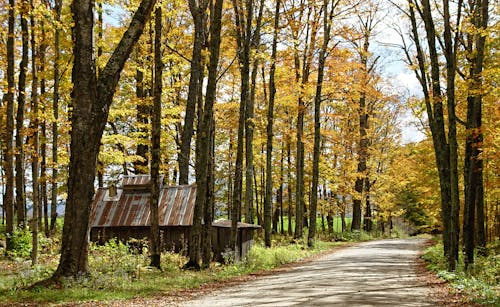
1. Vermont
-
Reasons for Drought Resistance:
- Abundant rainfall: Vermont receives an average of 35–45 inches of precipitation annually.
- Extensive forest cover and natural water sources, including rivers and lakes.
- Low population density, reducing pressure on water resources.
-
Challenges: Limited irrigation needs, but still requires water management to protect ecosystems.

2. Maine
-
Reasons for Drought Resistance:
- The state has vast freshwater reserves, including major rivers and over 6,000 lakes and ponds.
- High precipitation levels averaging 40–50 inches annually.
- Coastal climate and relatively low demand for agricultural water use.
-
Challenges: Water management policies must focus on preserving ecosystems and addressing occasional localized droughts.

3. Michigan
-
Reasons for Drought Resistance:
- Access to the Great Lakes, which contain 20% of the world's surface freshwater supply.
- A humid continental climate ensures consistent precipitation.
- Well-developed water infrastructure for agriculture and residential use.
-
Challenges: Industrial pollution and invasive species in water sources require ongoing management.
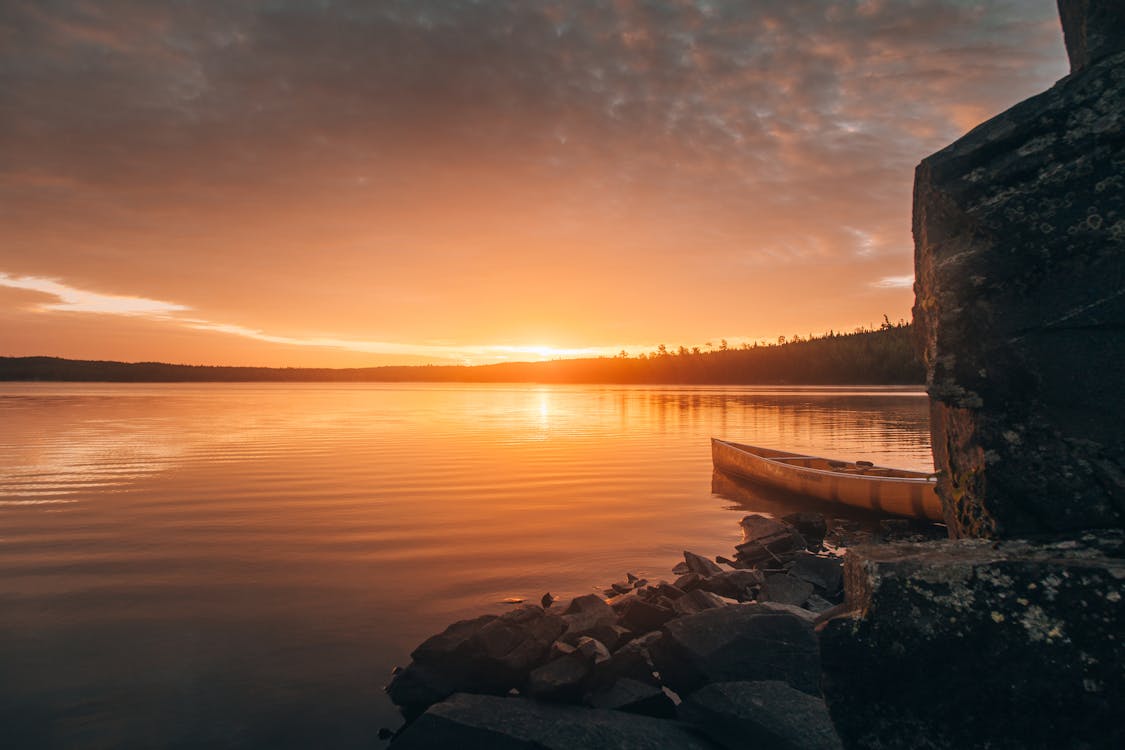
4. Minnesota
-
Reasons for Drought Resistance:
- Known as the "Land of 10,000 Lakes," Minnesota has abundant surface water and groundwater resources.
- Annual precipitation is relatively stable, averaging 27–32 inches.
- Water conservation policies and infrastructure are well-established.
-
Challenges: Climate change may cause variability in precipitation patterns over time.

5. New Hampshire
-
Reasons for Drought Resistance:
- Regular precipitation and extensive natural water resources.
- Low agricultural water demand reduces pressure on supplies.
- Effective conservation and water management policies.
-
Challenges: Occasional dry spells in specific regions require monitoring.
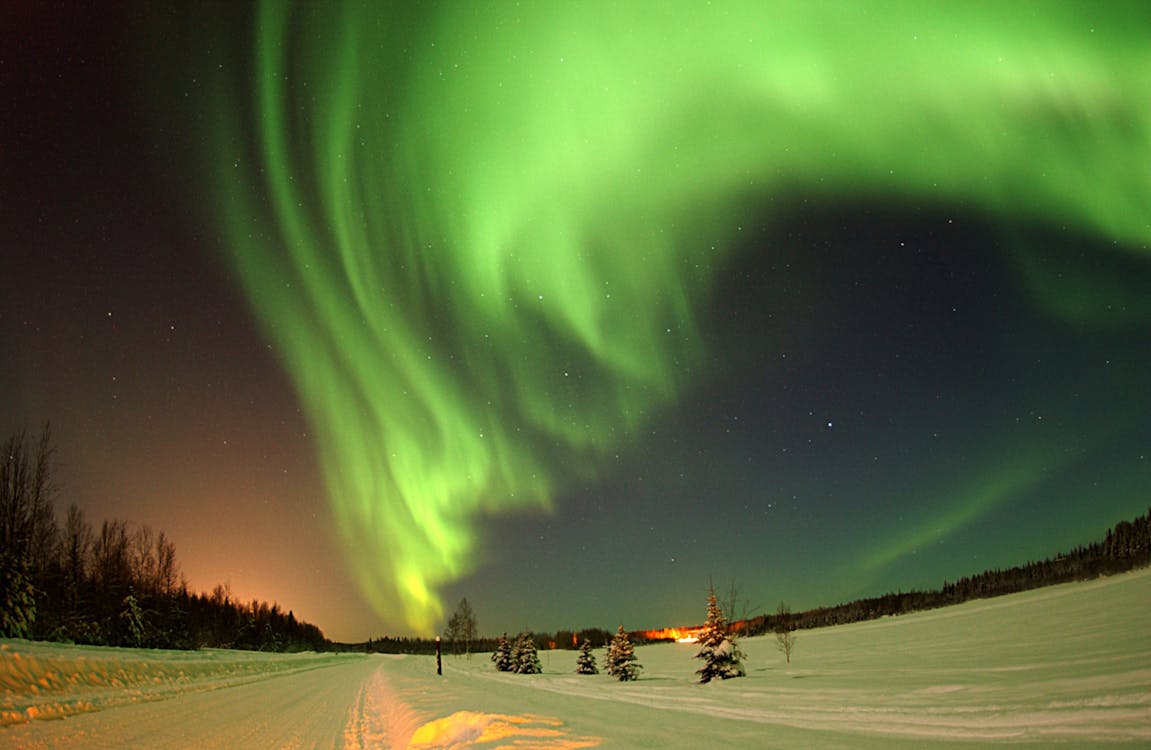
6. Alaska
-
Reasons for Drought Resistance:
- The largest freshwater reserves in the U.S., including rivers, glaciers, and lakes.
- Sparse population and minimal agricultural water demand.
- High annual precipitation in most regions.
-
Challenges: Infrastructure in rural areas can be limited, making water delivery and treatment challenging in some communities.
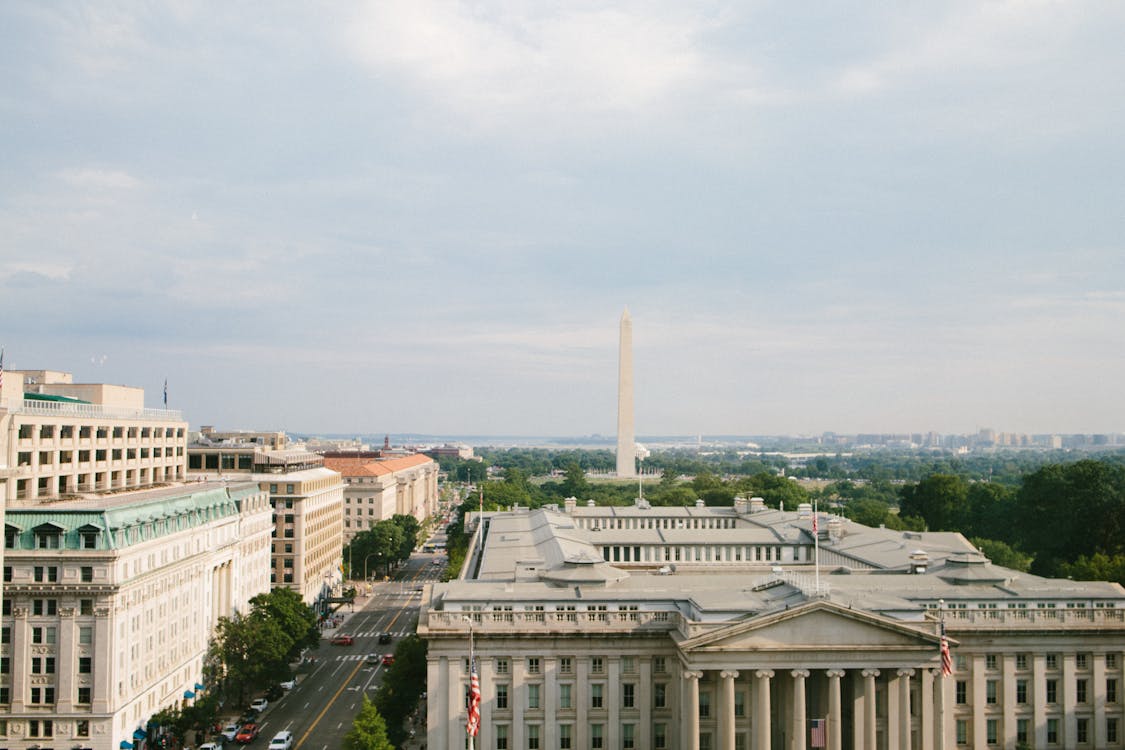
7. Washington
-
Reasons for Drought Resistance:
- Western Washington benefits from abundant rainfall due to its proximity to the Pacific Ocean.
- Large freshwater sources, including rivers like the Columbia and extensive aquifers.
- Advanced water management systems.
-
Challenges: Eastern Washington is arid, relying heavily on irrigation, which can lead to localized drought vulnerabilities.

8. Wisconsin
-
Reasons for Drought Resistance:
- Ample access to freshwater from the Great Lakes and numerous rivers.
- A balanced climate with regular precipitation throughout the year.
- Well-regulated water use policies.
-
Challenges: Groundwater overuse in agricultural regions can create localized stress.
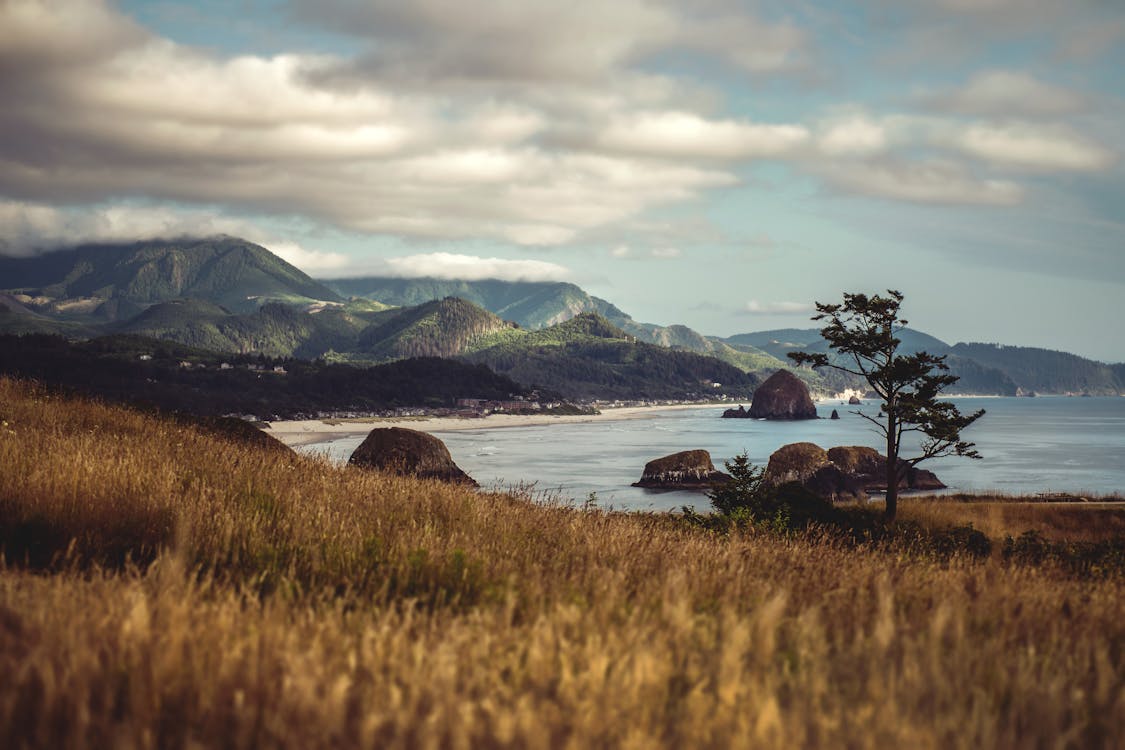
9. Oregon (Western Region)
-
Reasons for Drought Resistance:
- The western part of Oregon receives consistent rainfall due to coastal climate influences.
- Natural freshwater systems, including rivers and reservoirs, provide resilience.
-
Challenges: Eastern Oregon is much drier and susceptible to drought, requiring strategic water management.
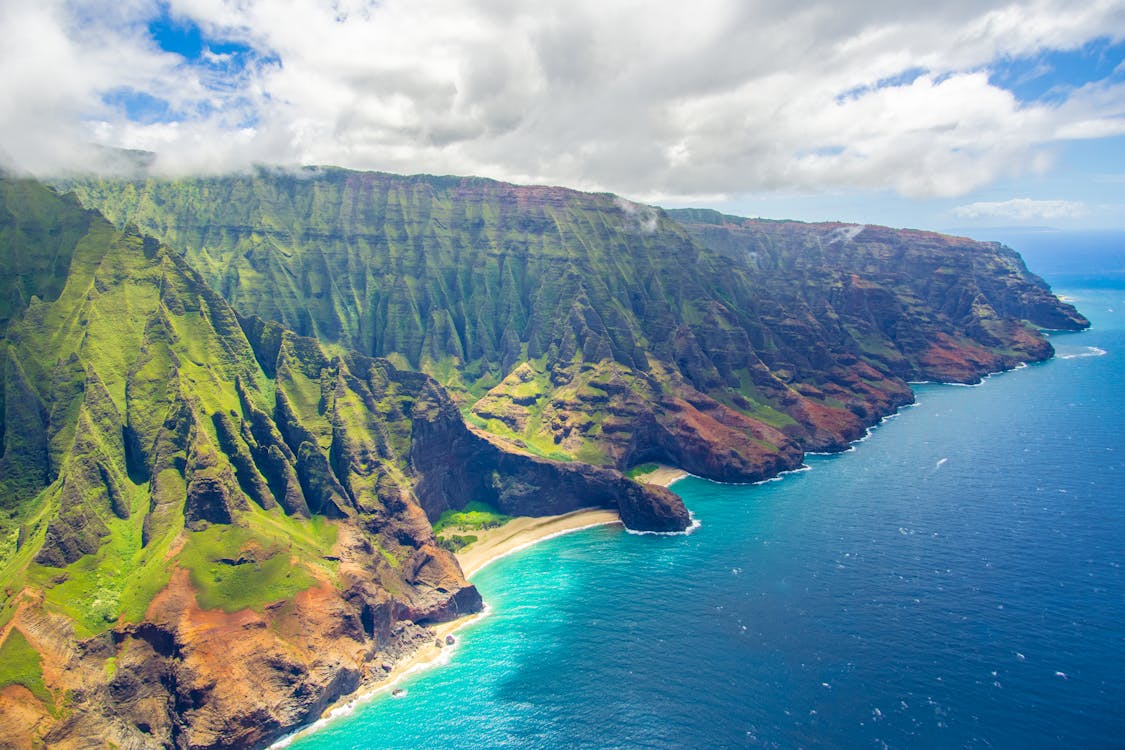
10. Hawaii
-
Reasons for Drought Resistance:
- High annual rainfall in many regions, particularly on the windward sides of islands.
- Water conservation policies and infrastructure tailored for island ecosystems.
-
Challenges: Droughts can occur in leeward areas, where rainfall is sparse.
Common Features of Drought-Resistant States
-
Abundant Natural Water Sources: States with lakes, rivers, and aquifers have natural buffers against drought.
-
Regular Precipitation: Stable rainfall patterns help maintain water availability.
-
Effective Water Management: Policies that prioritize conservation, recycling, and sustainable use of water resources are essential.
-
Low Population and Agricultural Demand: States with less water-intensive industries and agriculture face less stress on their water systems.
FAQs About Drought Resistance in U.S. States
1. What factors determine a state's drought resistance?
Drought resistance in states is influenced by several factors, including the availability of natural water resources, effective water management infrastructure, stable precipitation patterns, and the balance between water supply and demand. Low population density and limited agricultural or industrial water use can also contribute to resilience.
2. Which states are considered the most drought-resistant, and why?
States like Vermont, Maine, Michigan, Minnesota, and Alaska are often cited for their drought resistance due to abundant natural water sources, regular rainfall, and effective water management policies. These states also tend to have lower agricultural and industrial water demands.
3. How does climate change impact drought-resistant states?
Climate change can alter precipitation patterns, leading to increased variability in water availability. Even states with strong water resources, like Minnesota and Alaska, may face challenges such as seasonal dry spells or changes in snowpack and glacier-fed water systems.
4. Why is water management crucial even for drought-resistant states?
Effective water management ensures sustainable use of resources, protects ecosystems, and prepares states for localized droughts or unexpected dry spells. Policies focused on conservation, recycling, and infrastructure maintenance are critical to maintaining resilience.
5. Are there challenges specific to drought-resistant states?
Yes, challenges vary by state. For example:
- Michigan faces threats from industrial pollution and invasive species.
- Maine and New Hampshire need to monitor ecosystems during dry spells.
- Hawaii experiences droughts in leeward regions despite high annual rainfall.
- Even drought-resistant states must address localized vulnerabilities and adapt to changing conditions.
By focusing on these factors, these states have maintained resilience against drought conditions, though climate change and population growth may introduce new challenges in the future.

Bob Batemen is a dedicated contributor to WeatherScientific.com, bringing a wealth of expertise in weather management and environmental science. Bob combines a deep understanding of environmental systems with practical experience in weather forecasting, climate patterns, and the implementation of sustainable weather-related solutions. Over the years, Bob has developed a keen interest in how climate change impacts global weather patterns, disaster risk management, and the mitigation of extreme weather events.
Bob's professional experience spans both private and public sectors, where they have contributed to the development of weather-sensitive infrastructure, environmental policy, and climate adaptation plans.
As a contributor to WeatherScientific.com, Bob shares insightful articles, guides, and analyses on emerging weather trends, cutting-edge weather technologies, and their environmental implications. Their passion for blending science with practical applications continues to shape their work, providing readers with valuable, informed perspectives on the ever-evolving world of weather and environmental management.











Leave a comment